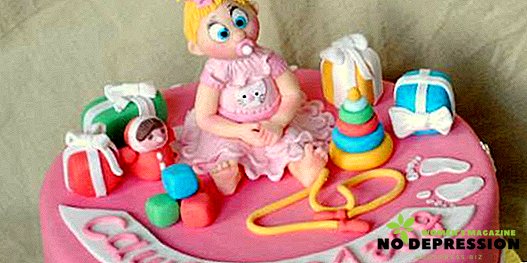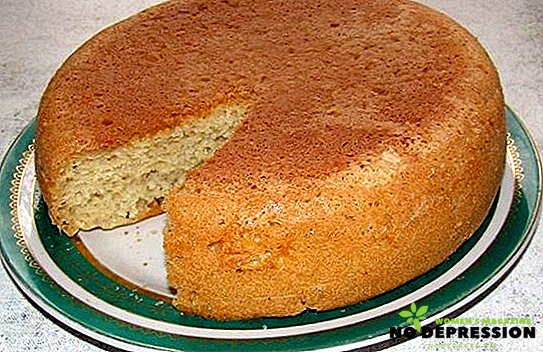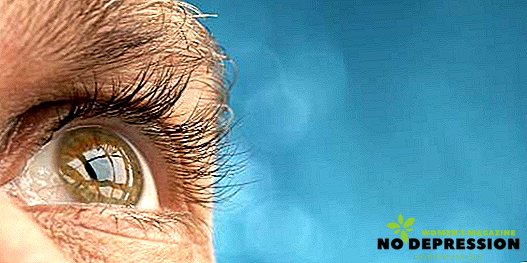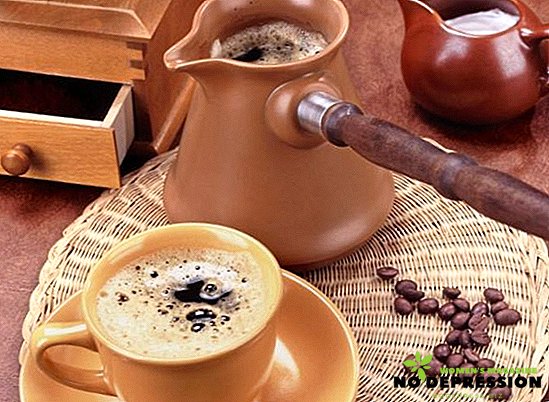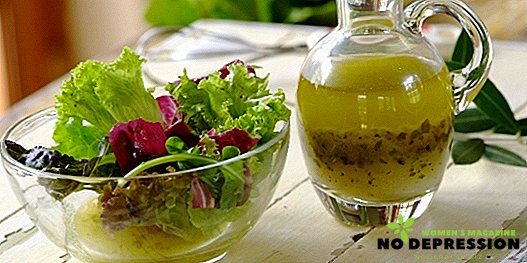When you bring your baby to the house, you want to create the best conditions for him. First of all, you should take care of the comfort and comfort of his bed, for a sound sleep is a guarantee of health.
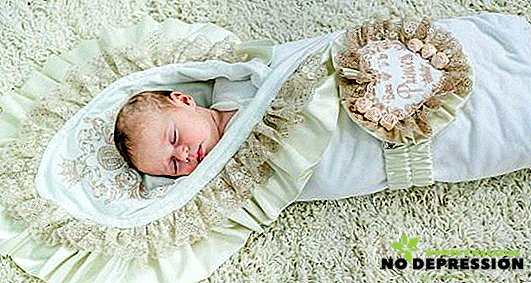
To date, there are many varieties of blankets for newborns, which differ not only in material production, but also in their intended purpose. In this matter it is very important to understand, because a healthy sleep and mood of the baby depends on it.
Requirements
First of all, you need to decide for what purposes the blanket will be intended:
- For discharge from maternity hospital. As a rule, such a blanket in most cases is intended solely for beauty. This accessory will remain on the long memory of this wonderful day and will warm the baby in the first days of his life. For this and purchased blankets, envelopes. Unfortunately, the period of use of this blanket is quite short, however, despite this, some parents are walking their baby in an envelope blanket.
- Blanket for walking. This accessory will be used for the next 3 years. Since the child needs daily walks, such a blanket will be used quite often.
- The main blanket, which the baby is covered in the crib. As a rule, in hot weather it is better to use a regular diaper for this purpose in order to prevent the occurrence of prickly heat.
It is necessary to prepare in advance for the time when the baby begins to crawl on the floor. It is better to buy a large and soft blanket for these purposes.
Advice: when purchasing a blanket, do not focus attention on the brand of the product, select it exclusively by purpose and type of material. The main thing is convenience.
However, it is worth remembering that whatever blanket you choose, it must necessarily meet the following requirements:
- be breathable;
- have excellent thermal conductivity;
- keep warm well;
- to be of high quality, not requiring specific care.
What are baby blankets for newborns
Gone are the days when existing baby blankets were divided into downy and light ones. To date, you can buy a variety of rugs for kids, which differ in their purpose.
Transformer
 The transforming blanket is made of several types of fabrics and additional insulation materials (fur, sheepskin, down and so on).
The transforming blanket is made of several types of fabrics and additional insulation materials (fur, sheepskin, down and so on).
The inner surface of the product must be warm, delicate, soft and pleasant to the touch, since it is this surface that will come into contact with the sensitive skin of the baby.
Modern manufacturers for this use only high-quality and natural materials that are completely safe for the baby.
Most often cotton is used as this material. In fact, it is a natural plant fiber, which is actively used in the modern textile and medical industry.
Cotton is an affordable and environmentally friendly material used in the production of various children's things. Many fabrics which are actively used to create transforming blankets are made of this material:
- Calico. A sufficiently dense fabric that is created by tightly weaving threads. The so-called "harsh" calico is not used for the manufacture of children's things, as this type of fabric has not yet been properly processed. But for the manufacture of blankets, transformers ideal bleached calico. This material is environmentally friendly, perfectly breathable and has excellent thermal insulation.
- Satin. Most often silk is used for the manufacture of satin fabric, but cotton is used for the production of children's clothes. It is a slip, smooth and glossy fabric. Satin dries quickly, absorbs moisture and is pleasant to the touch.
- Knitwear It will be a mistake to call this material a cloth, since knitwear is made not of cotton, but of loops. Thanks to this, the finished canvas is perfectly breathable, it is characterized by a soft structure and ease of maintenance.
- Flannel. Warm and rather dense fabric, which is also made of cotton. Flannel is very often used for the manufacture of transforming blankets, since this material perfectly retains heat, dries quickly and absorbs moisture well.
An interesting fact: in some cases, more exotic materials, such as bamboo, are used to make the inside of transformer blankets. Bamboo fabric can compete with cotton in quality.
The envelope
 Envelopes are purchased not only to pick up the child from the maternity hospital, these blankets are also used for daily walks in the stroller.
Envelopes are purchased not only to pick up the child from the maternity hospital, these blankets are also used for daily walks in the stroller.
The fact is that the envelopes are very convenient, the kids are warm in them and they are not constrained in movement.
It is for this reason that many parents prefer to buy envelopes for daily walks with babies.
Envelopes are divided into the following types:
- Envelope bag It looks like an elongated bag, in which there is a long zipper. This accessory is convenient because parents will only have to put their child inside this envelope and carefully fasten the zipper. In the cold season, the toddler will not only be very warm, but also incredibly comfortable. Also, some envelope bags have an additional hood.
- Envelope quilt. This is a great alternative to the usual blanket, in which almost all infants are discharged from the maternity hospital. The main advantage of this model is a convenient fastener. Previously, to fix the layers of the blanket, it was necessary to use a special ribbon, but now for these purposes it is enough to fasten the clasp.
- Envelope sleeping bag. This accessory differs from the first option only in that it has a hard bottom. There are envelopes with a hard bottom that perfectly replace the cradles.
- Envelope semi-overalls. This accessory is selected for children older than 5-6 months. In this model, the sleeves are used, due to which the baby will not feel constraints in the movements.
Whichever blanket you decide to purchase for your child, it is important to understand that the issue of universality and quality comes first. You must choose blankets made from environmentally friendly materials.
The choice of material for children's blankets
First of all, you should be guided by your decision when choosing a blanket for your baby, and not listen to the "old-timers" or young moms. As a rule, "old-timers" are advised to choose blankets solely from natural fabrics, ignoring all other characteristics. Young mommies often advised to buy only branded items.
The main thing in this matter is to find a middle ground. You yourself must understand what your baby needs right now. Determine the need to be constantly warm and not to overheat the baby under a blanket. Remember, overheating for babies is much more dangerous than hypothermia.
Of course, natural filler is out of competition, but it is much heavier than synthetics and wears much faster. Today, there is a huge variety of artificial fillers that are intended for use in a particular season.
Woolen
Children's blankets are made from natural merino wool, goat, camel or sheep. Such rugs keep heat very well and at the same time prevent the occurrence of diaper rash on the sensitive skin of a baby. Wool blankets are divided into:
- quilted;
- woven;
- knitted.
 In quilted rugs wool acts as a filler. It is placed in a case made of artificial or natural fabric, which prevents the knitting of wool in a ball.
In quilted rugs wool acts as a filler. It is placed in a case made of artificial or natural fabric, which prevents the knitting of wool in a ball.
Such blankets are simply indispensable for walking in the cold season, for example in winter, in the deep autumn or in early spring. Also, woolen blankets can cover the baby in the crib.
The only drawback of such blankets is that they like moths a lot, and wool can also cause allergic reactions.
Baikov
We can say with confidence that this option has passed the test of time and stood it. The basis of the flannelette blanket is cotton. You do not have to take care of him, besides, the flannel blanket dries very quickly.
The main advantages are functionality, affordability, reliability and durability.
Downy
Bird fluff (goose, loon, swan) is used as a filler. Such blankets are incredibly light, perfectly retain heat and allow the skin to breathe.
However, it is worth remembering that fluff is an excellent haven for ticks, and it is these insects that most often cause various allergic reactions.
To prevent this, the duvet must be constantly maintained. You should also make sure that the down is not damp - for this reason, downy products are rarely used while walking outside, especially in wet weather.
If you cover the baby with such a blanket at home, then you need to ensure that the temperature in the room does not exceed 18 degrees, otherwise the child under it will be very hot.
Wadded
In this case, the filler is natural cotton wool. The main advantage is excellent heat retention. Of the shortcomings can be identified a lot of weight and the fact that over time, wool is knitted into lumps.
Synthetic
To date, a huge selection of these products. They can be both with artificial fillers, and with natural. They are much lighter and cheaper than natural analogs and are great for walking on the street, and for home use.
The only drawback is that they remove moisture poorly and in some cases cause skin irritation.
Lungs
This category includes light blankets, which are made of natural or synthetic fabric. Light blankets are perfect for summer use or in the off-season.
Knitted
Such blankets are very convenient for visiting or walking. They are very light and have an attractive design. They knit them from natural yarn, they are perfectly tolerate drying and repeated washing.
What blanket to choose for discharge in winter
First of all it is necessary to take into account that it is winter in the yard. In this regard, it is necessary to protect the baby from cold and wind. As is known, in most cases, when discharging a baby from a maternity hospital, envelopes are ideal.
There are many different modifications of blankets-envelopes, but in this case it is best to give preference to wool blankets.
Possible sizes
First you need to decide on the purposes for which the blanket will be used. For example, if they plan to cover the baby in the crib, in this case, it is necessary to make measurements of this crib and leave a little margin on the sides.
Children's blankets can be of the following sizes - from 80/90 cm to 110/140 cm. The choice of the blanket depends on the growth of the baby and its build.
Handmade knitted blanket for a newborn baby
It is worth noting that for the manufacture of a baby blanket does not always need to use a sewing machine. If you knit at least once in your life, you can cope with this task. First you need to decide on the size of the future rug, with the look and color of yarn. To knit a 88/88 cm blanket, you will need approximately 500 g of yarn and knitting needles (No. 5).
Take for example the scheme of a knitted blanket called "Air Cloud":

- For knitting, two techniques are used at once: knit fantasy and pearl knit.
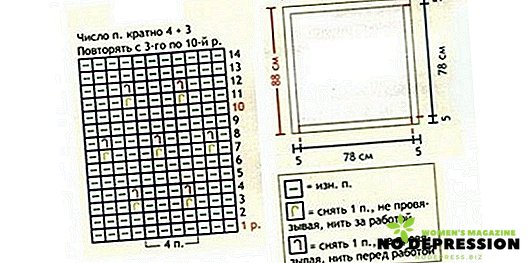
- Type 139 eyelets, then, using pearl knit, type 5 cm in height of the canvas.
- At the next stage, type the last and the first 8 loops of pearl knit, and the remaining 123 loops - as shown in the fancy knit pattern.
- How to tie a 83 cm plaid, pearl technique must knit the remaining 5 cm.
The end result will please not only you, but also your baby, because he will become the owner of an exclusive rug, which you have made with love for him.
The choice of a blanket for a baby should be approached with the utmost seriousness, because your child’s healthy sleep depends on it. To make the right choice, it is worth considering the important factors and characteristics of the chosen blanket, which we described in today's article.



